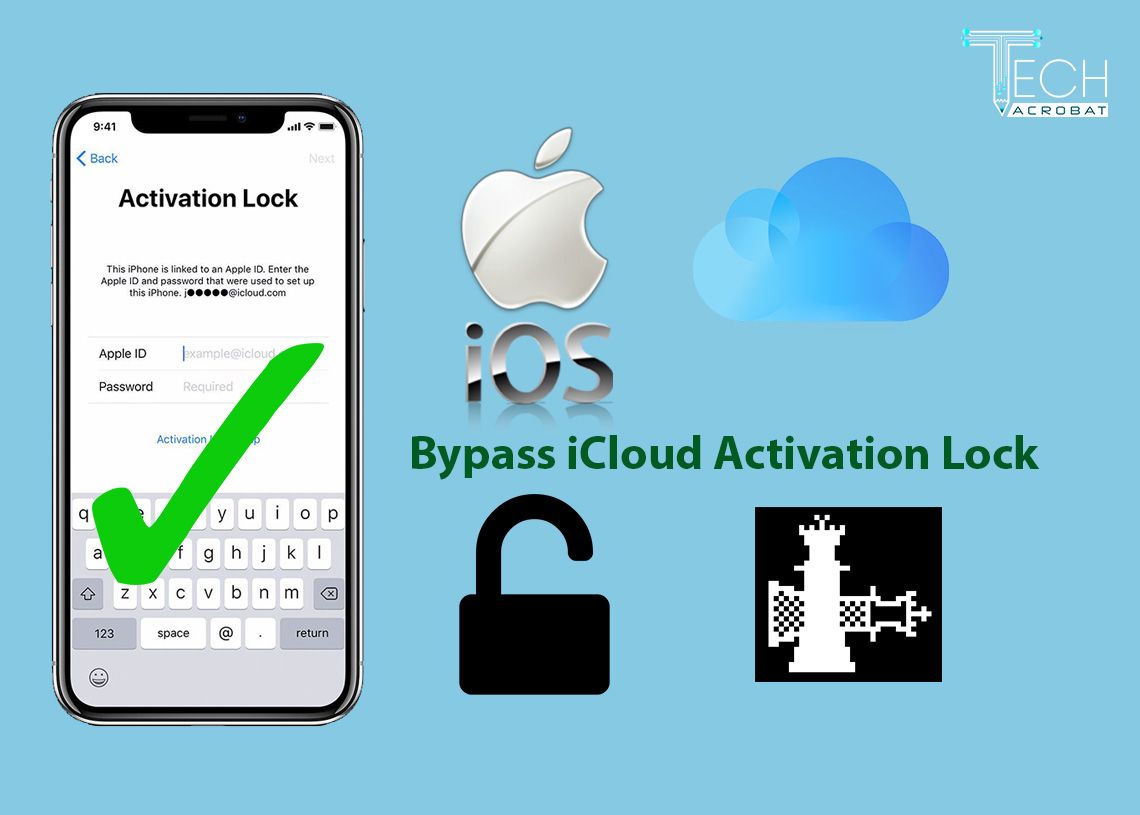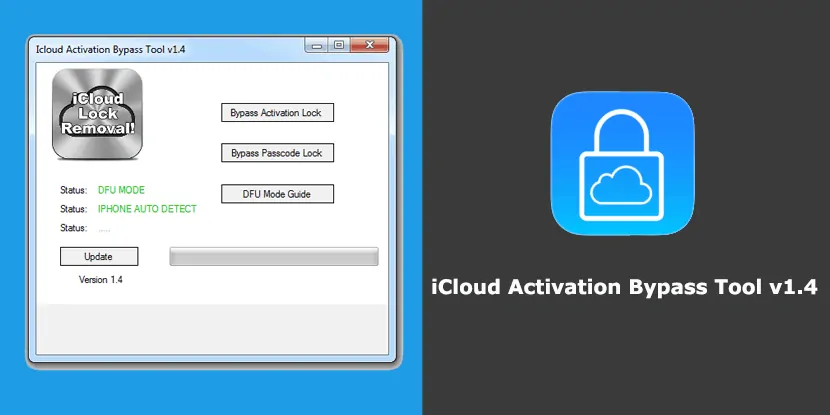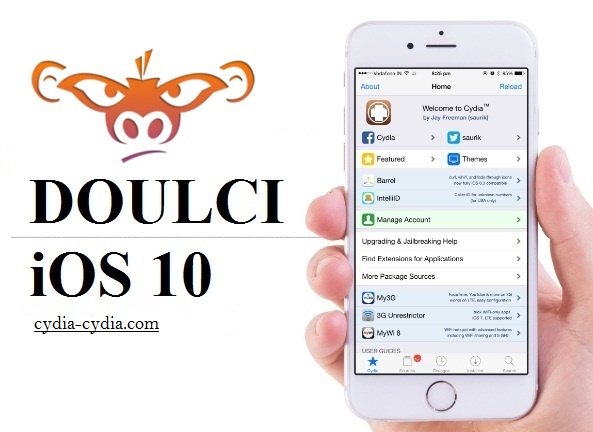



How to remove the iCloud Activation Lock from a MacBook Pro.To find out more, see the MacBook Pro Activation Lock guide. On a 2021 and late 2020 MacBook Pro, startup security must be set to Secure Boot and Disallow booting from external media.For 2018, 2019, and early 2020 MacBook Pro, the security policy must be set to Full Security.Two-factor authentication is enabled for the Apple ID.macOS Catalina, Big Sur, Monterey, Ventura or newer installed.To use all of the features of Find My your MacBook Pro also needs the following: So if your MacBook Pro is stolen, it is almost impossible for anyone else to use it unless they know your Apple ID and password. When you enable Find My Mac on your laptop, the Activation Lock is automatically turned on. It now protects computers, including the MacBook Pro, from theft by allowing tracking, remote locking, and remote data removal. It is controlled via Find My Mac using the Apple ID and password.įind My Mac is a free app that helps find lost or stolen Apple devices, including laptops. The Activation Lock is a security tool that prevents an unauthorized user from accessing, using, or reformatting your computer without your permission. If you would like to get your MacBook Pro unlocked – without knowing the Apple ID and password, or getting help from the previous owner – read on… Above: MacBook Pro The topics explained in this guide, include:

This guide explains how to bypass Activation Lock on MacBook computers released since 2018, or newer. However, Find My Mac can be used to track older Apple laptops that have been lost. The Activation Lock can’t be used on MacBook Pro 4th generation models released before 2018, or any older models. The lock is found on all new Mac computers. The Activation Lock, also known as the iCloud lock, is part of Apple’s security system and is administered via Find My Mac. This includes the 4th generation of MacBook Pro released in late 2018 and the 5th generation released in 2020. The iCloud Activation Lock is available on MacBook Pro computers with Apple silicon or the Apple T2 Security Chip.


 0 kommentar(er)
0 kommentar(er)
